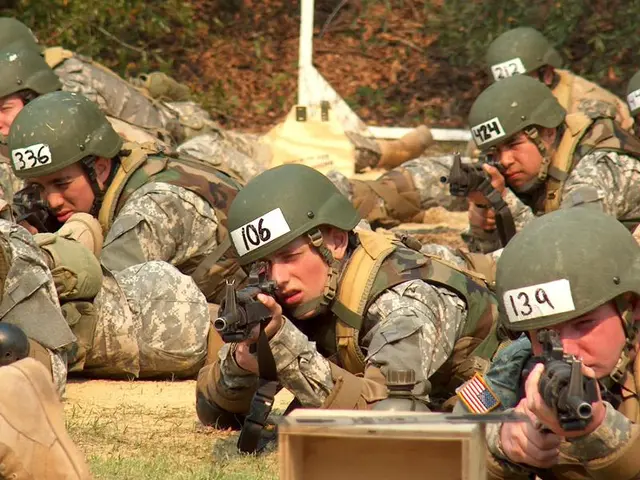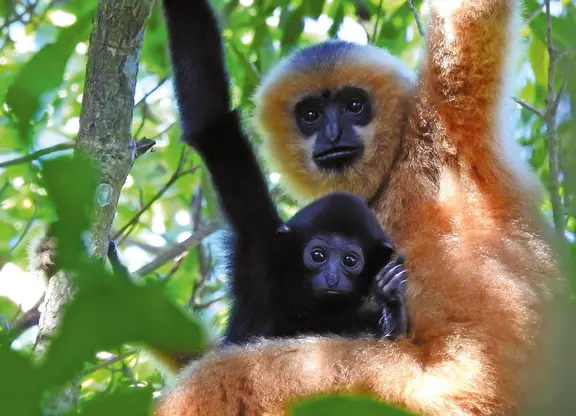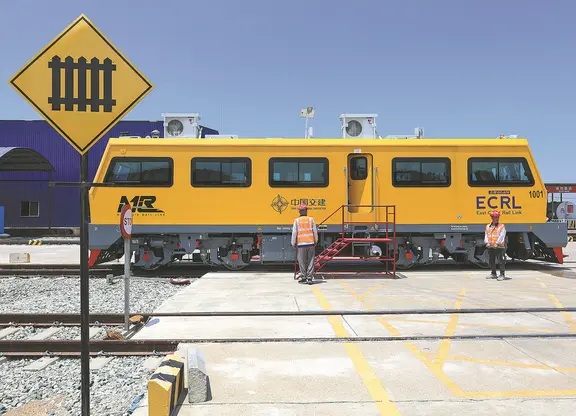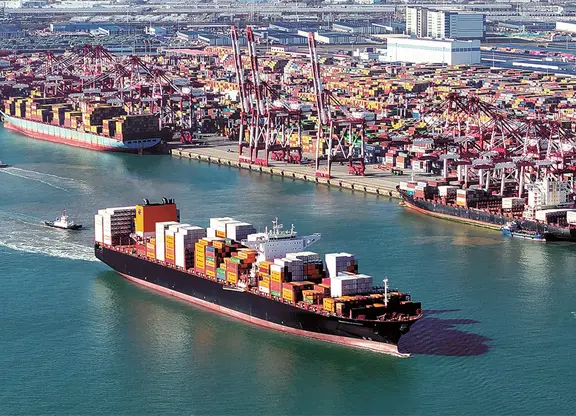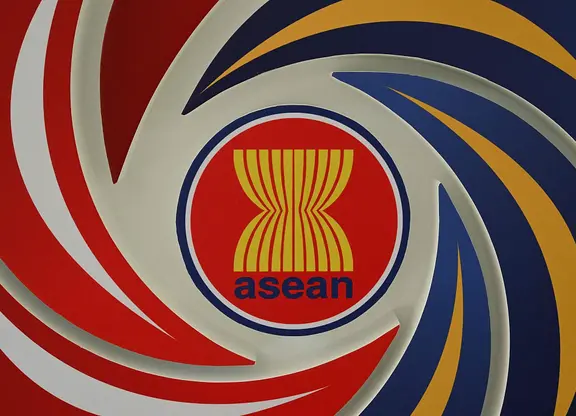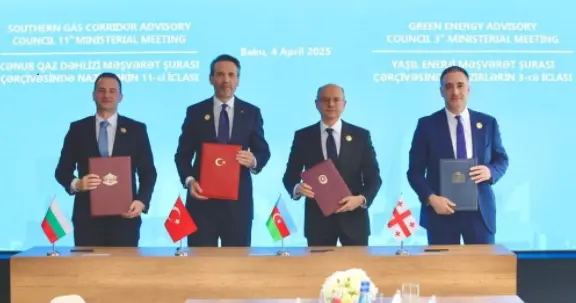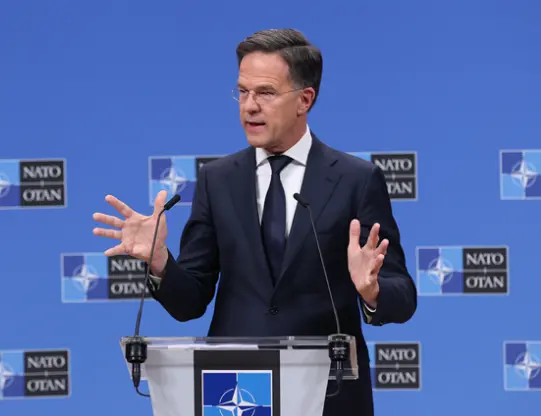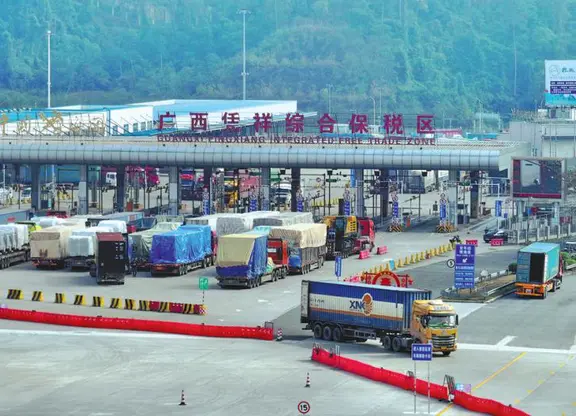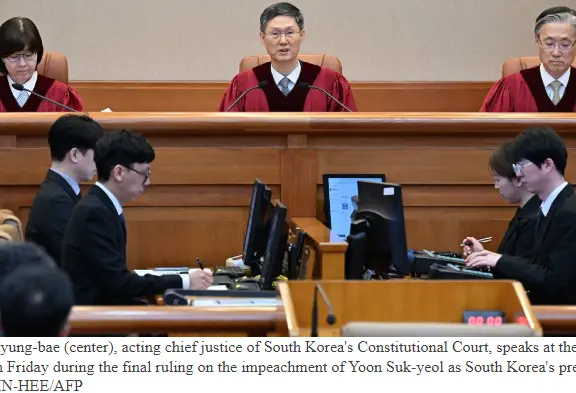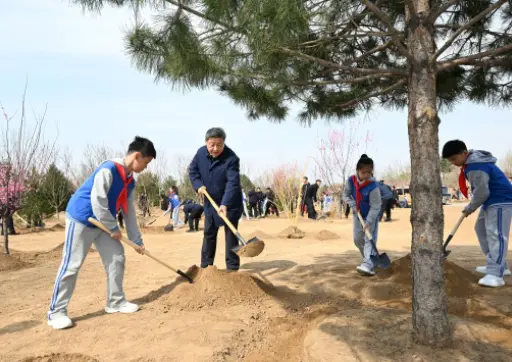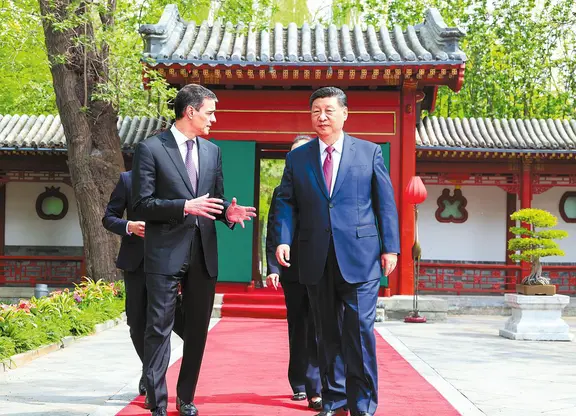By APD writer Melo M. Acuña
The Philippine-led bilateral military exercise to further increase readiness, improve joint responsiveness and enhance partnership and interoperability between Philippine, Japanese and US forces ended Friday, October 18.
In a statement released today by the US Embassy in Manila, the ceremony ended the exercise dubbed as KAMANDAG 3.
“Our forces have enhanced capabilities, interoperability, and readiness through teamwork fostered by a true dedication to the attainment of excellence,” said Major General Paul J. Rock, Jr., 3rd Marine Expeditionary Brigade commanding general. He said looking at the output of the troopers’ hard work and expertise, he remains confident that the forces are prepared to uphold peace and security in the Indo-Pacific region.
This year’s KAMANDAG marked two major exercise milestones, the Philippine Marine Corps successfully launched its assault amphibious vehicles (AAVs) for the first time with US and Japan Ground Self-Defense Force AAVs to conduct multilateral amphibious landing and the bilateral air defense and threat reaction drills between Philippines and US forces which support territorial defense training.
“For the past nine days, we saw action, not on the battle field, but on the training grounds, and we sweat and did our best to enhance our Soldiers’ and Marines’ capabilities in warfighting and humanitarian assistance and disaster relief,” said Brig. General Ariel R. Caculitan, Philippine Marine Corps deputy commandant.
Aside from amphibious operations, there were live fire drills, military operations in urban terrain, reconnaissance, low altitude air defense, aviation operations, humanitarian assistance and disaster relief and other areas.
Colonel Yoshikatsu Fujii, 2nd Amphibious Rapid Deployment Regiment commanding officer said the exercise enhanced their humanitarian assistance and disaster relief operational capabilities, mutual understanding and relations between and among soldiers from the Philippines, the United States and Japan.
(ASIA PACIFIC DAILY)
 简体中文
简体中文

